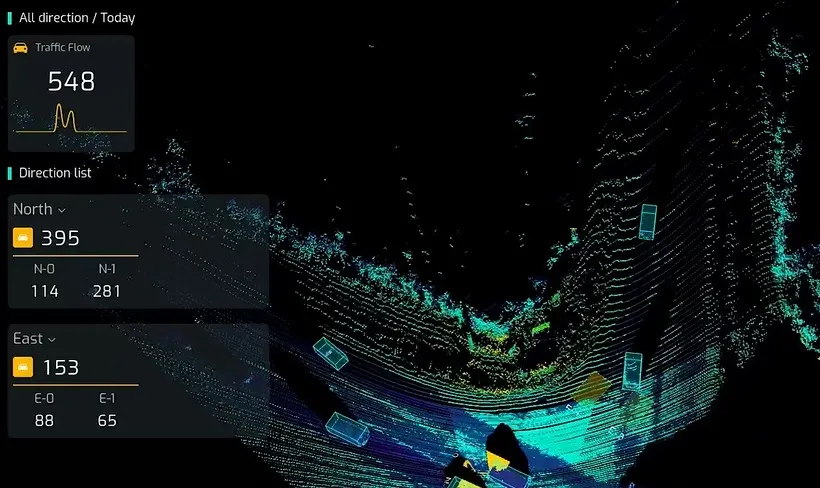Swedish company Sensebit is showing its new FLEX vehicle sensor, a standalone device with integrated battery and modem that requires no roadside installation. The sensor is installed in the centre of the lane to be measured and is managed remotely.
April 5, 2016
Read time: 1 min

Swedish company 4504 Sensebit is showing its new FLEX vehicle sensor, a standalone device with integrated battery and modem that requires no roadside installation. The sensor is installed in the centre of the lane to be measured and is managed remotely.
Sensebit says that the combination of rapid installation and accurate data transmission makes it an ideal product for measuring AADT, effect studies and seasonal variations in traffic.
The company develops and markets products in the wireless sensor networks field, with a focus on traffic information.
Another product on display at Intertraffic is the ED-100, a power-over-ethernet vehicle sensor that can be installed quickly and uploads data in real time. Like FLEX, ED-100 is installed in the centre of a lane and is managed remotely. It replaces inductive loops and other traditional solutions for continuous data collection and ITS applications.










